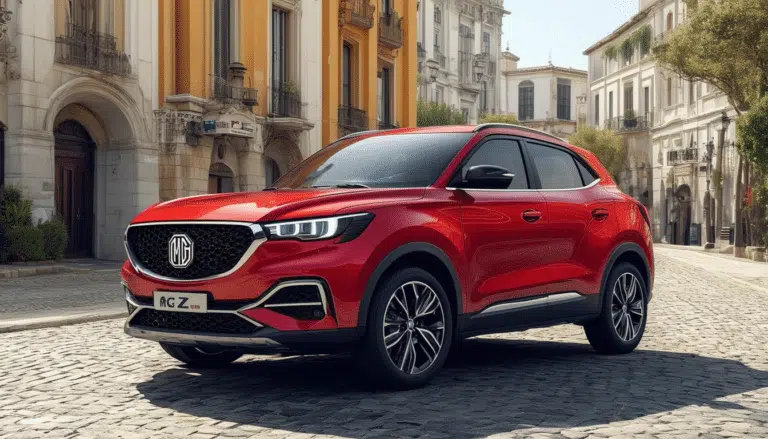The impact of car color on gasoline consumption: discover which paints consume more fuel

The color of a car is not just an aesthetic issue; it can also play a crucial role in fuel consumption. According to a study by the Lawrence Berkeley National Laboratory, the choice of color can significantly influence the energy efficiency of vehicles. Cars with light shades, such as white and gray, reflect more solar radiation, while those with dark colors absorb heat, which can increase the use of air conditioning and, consequently, fuel expenditure. Let’s analyze how the paint shade of a car can affect its performance and pollutant emissions.
The choice of a car’s color may seem like a merely aesthetic matter; however, recent studies have shown that this factor significantly influences fuel consumption. Light-colored cars, such as white and gray, reflect more sunlight compared to dark shades, which translates into lower air conditioning use and, thus, more efficient energy consumption. This article explores how the color of the vehicle affects its energy efficiency and contributes to environmental sustainability.
The research and its findings
A study conducted by the Lawrence Berkeley National Laboratory has revealed that cars with light shades can reflect up to 60% of solar radiation, compared to only 5% from dark colors. This phenomenon is related not only to the interior temperature of the vehicle but also to fuel consumption due to the reduced need to use the air conditioning system.
The effect of light reflection
Vehicles with light colors, in addition to reflecting more light, help to maintain a more moderate temperature inside the cabin, which implies less use of air conditioning. In contrast, dark-colored cars tend to absorb more heat, increasing the use of this system and, therefore, fuel consumption. This study includes visual examples, such as Honda Civic models, where a black car exceeded a silver one in internal temperature by more than 5 degrees Celsius.
Statistics from the Colombian market
In Colombia, the preference for these colors has influenced market sales. Between 30% and 35% of vehicles in the country are gray or silver, followed by white (20% – 25%) and other colors, indicating that aesthetic options are also linked to energy efficiency considerations.
Environmental and economic consequences
Choosing a light vehicle can mean not only savings on fuel but also a reduction in CO2 emissions and other pollutant gases. A light-colored vehicle can generate up to 1.9% less CO2 emissions compared to a dark one. This demonstrates that seemingly simple decisions can have a significant impact on the environment and the personal economy of the consumer.
Recommendations for consumers
It is vital that when acquiring a new car, consumers consider how color not only affects aesthetics but also practical factors such as fuel savings and environmental impact. Opting for lighter shades could align both personal style and ecological responsibilities, promoting a more sustainable culture in car purchases.
The importance of sustainability
Sustainability is a critical aspect to consider. The sum of individual decisions, such as choosing a light vehicle, can effectively contribute to the fight against climate change. By being responsible in their purchasing choices, consumers not only optimize their fuel spending but also integrate into a movement towards a greener future.
The impact of car color on fuel consumption
The color of the car plays a crucial role not only in its aesthetic appearance but also in fuel consumption. Studies conducted by the Lawrence Berkeley National Laboratory have shown that vehicles with light shades, such as white and gray, are capable of reflecting up to 60% of solar radiation, which reduces the need to use air conditioning. In contrast, dark-colored cars like black and brown only manage to reject approximately 5% of that radiation, resulting in a warmer interior that requires more energy to reach a comfortable temperature.
This phenomenon is not trivial, as the use of air conditioning significantly increases fuel consumption and pollutant emissions. It is estimated that the use of air conditioning can increase fuel consumption by up to 10%. Therefore, choosing a car in a light color could result in significant fuel savings and, by extension, a decrease in carbon footprint.
In Colombia, where the predominance of vehicles in gray and silver tones has increased notably, this finding acquires particular relevance. Approximately between 30% and 35% of vehicles in the country are in this color range. This inclination towards lighter colors not only reflects an aesthetic trend but also a more conscious and responsible decision regarding the environment.
Finally, when considering the choice of vehicle color, it is essential to keep in mind its relation to energy efficiency and sustainability. Opting for light colors not only benefits the owner in terms of savings but also represents a positive contribution to the fight against climate change.



